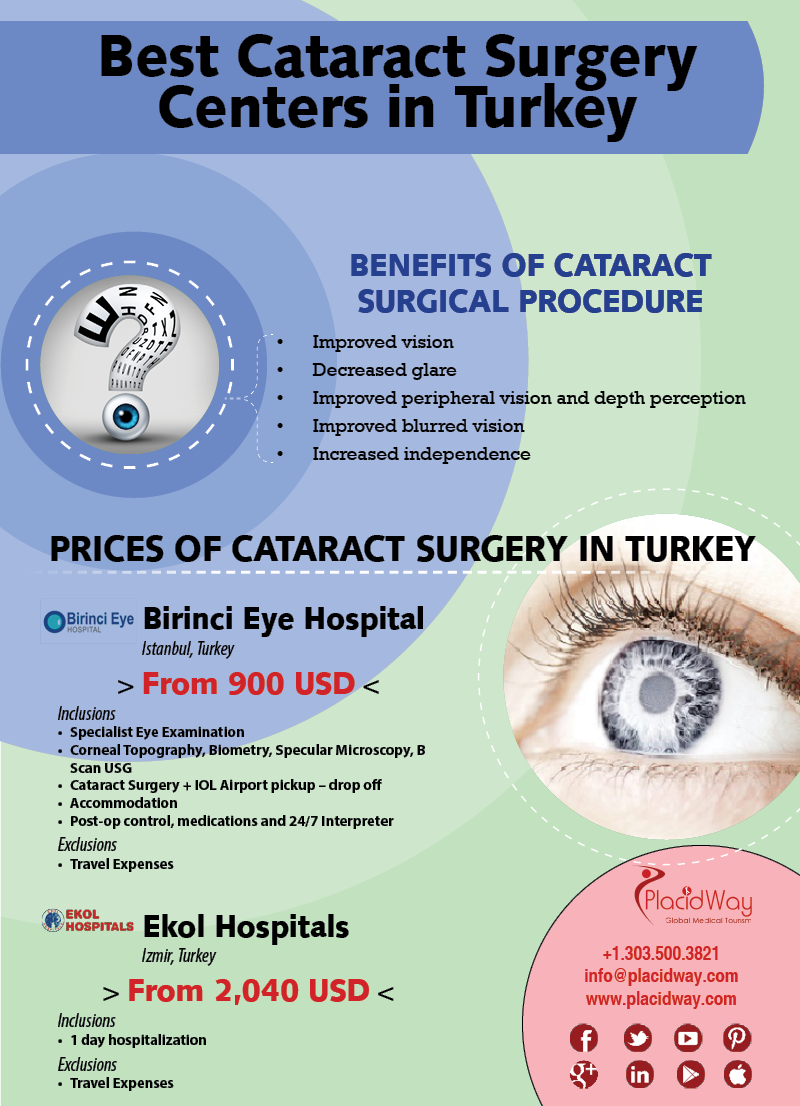The Advancement Of Modern Cataract Surgery Techniques: A Complete Exam
The Advancement Of Modern Cataract Surgery Techniques: A Complete Exam
Blog Article
Article Written By-Korsgaard Whitfield
As you explore the advancement of innovative cataract surgery methods, you'll witness a trip marked by resourcefulness and accuracy. From ancient approaches that led the way for contemporary technologies to cutting-edge technologies that are changing the area, the thorough introduction of cataract surgical treatment strategies is a testimony to human progress and commitment to enhancing client end results. The complex interplay between historic approaches and futuristic advancements develops an appealing narrative that sheds light on the evolution of among one of the most usual surgical procedures worldwide.
Historical Methods and Developments
Check out how early doctors transformed cataract treatment by employing ingenious strategies and devices. In the past, cataract surgical procedure was a risky and unpleasant treatment. However, old Indian doctors were amongst the initial to try surgical interventions for cataracts, using a strategy called 'formulating' where a sharp tool was utilized to press the cataract back right into the eye. This technique, though crude by today's criteria, prepared for future developments in cataract surgery.
As time progressed, Arab medical professionals made considerable contributions by developing specialized needles for cataract extraction. These needles were utilized to puncture the cataract and then extract it from the eye, marking a substantial enhancement in surgical accuracy.
Later, in the 18th century, the French surgeon Jacques Daviel pioneered the method of extracapsular cataract removal, where the entire lens was eliminated undamaged with a larger laceration. This noted a significant advancement in cataract surgical procedure strategies, paving the way for the modern-day procedures we use today.
Modern Surgical Approaches
Early strategies in cataract surgical treatment have evolved considerably, resulting in the growth of modern-day medical methods that prioritize accuracy and boosted patient results. Modern cataract surgery now typically involves a treatment called phacoemulsification, where an ultrasonic tool breaks up the cataract for removal with a tiny laceration. This strategy allows for quicker recovery and minimizes the danger of complications compared to older techniques.
Additionally, using sophisticated intraocular lenses (IOLs) has transformed cataract surgery outcomes. https://lasic-surgery-cost78877.worldblogged.com/39220078/smile-eye-surgery-a-reliable-and-secure-treatment-for-vision-problems can deal with not only the cataract yet likewise various other refractive mistakes like astigmatism, reducing the requirement for glasses post-surgery.
source web page have accessibility to advanced imaging modern technologies that help in accurate preoperative planning and intraoperative decision-making. Optical comprehensibility tomography (OCT) and various other imaging modalities offer comprehensive images of the eye's structures, enabling a much more tailored method to each individual's surgical procedure. With these improvements, contemporary cataract surgery methods continue to improve, providing individuals much safer treatments and far better visual results.
Emerging Technologies in Cataract Surgical Procedure
With innovations in innovation changing the field, cataract surgical treatment is seeing the combination of cutting-edge methods for improved person end results. Emerging modern technologies in cataract surgery are reshaping the landscape of sensory treatments. One such innovation is femtosecond laser innovation, which allows for accurate corneal cuts, capsulotomies, and lens fragmentation, leading to boosted medical precision and outcomes.
In addition, intraoperative aberrometry is acquiring appeal, allowing real-time measurements of refractive errors during surgical treatment to boost intraocular lens power calculations and reduce postoperative refractive surprises.
Additionally, using sophisticated imaging technologies like optical comprehensibility tomography (OCT) and intraoperative wavefront aberrometry help specialists in accurate medical planning and execution. These tools supply thorough physiological info and help customize medical strategies for every individual's unique eye attributes.
In addition, advancements in expert system are being explored to help in preoperative preparation, intraoperative decision-making, and postoperative treatment, possibly enhancing medical outcomes and client contentment. Accepting these arising technologies in cataract surgical treatment holds guarantee for further enhancing client end results and ensuring the continued development of sensory surgical strategies.
Conclusion
As you journey with the history of cataract surgery, you witness the makeover from ancient techniques to advanced technologies. Like a phoenix rising from the ashes, cataract surgical procedure has progressed into a sign of hope and technology.
Just as a caterpillar arises from its cocoon as a stunning butterfly, cataract surgical procedure has developed into a polished art type, offering patients more clear vision and a brighter future.
visit this backlink continues, radiating a light on countless opportunities.
